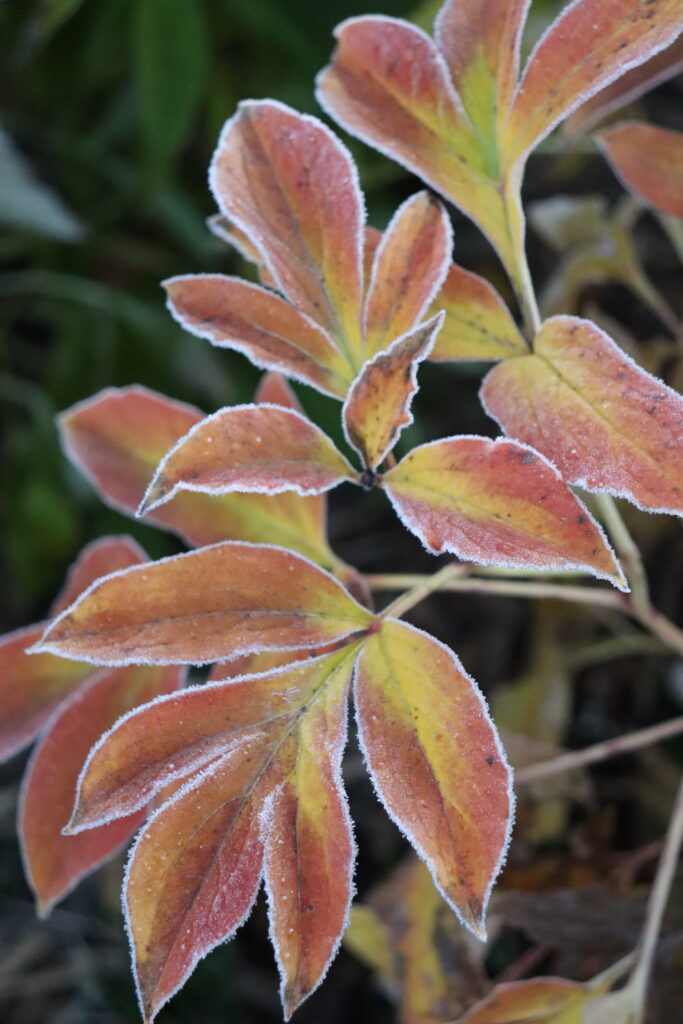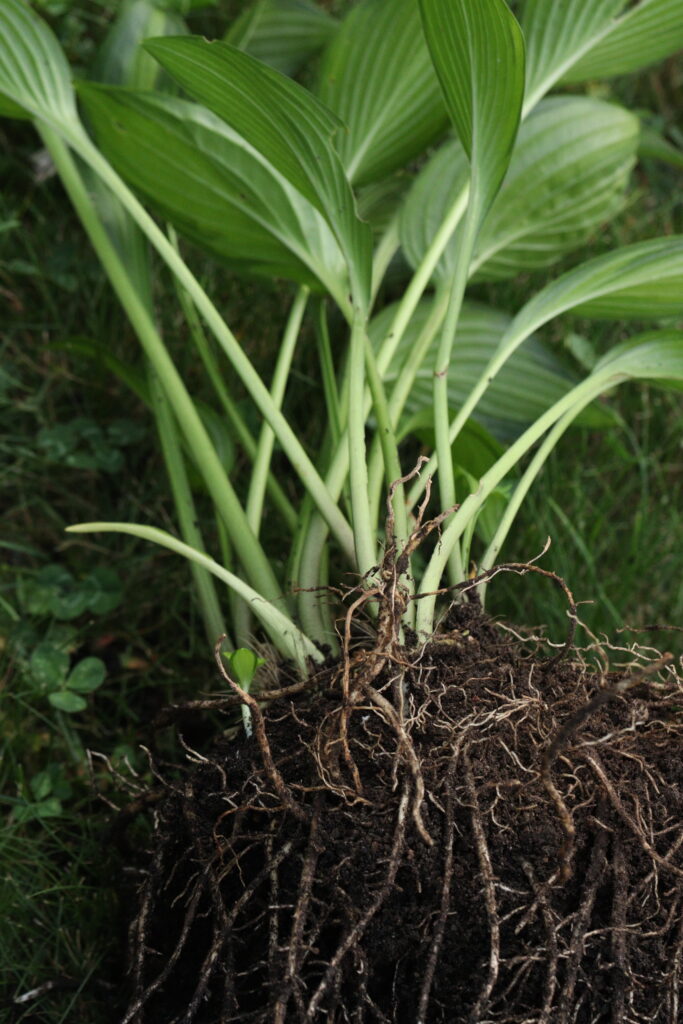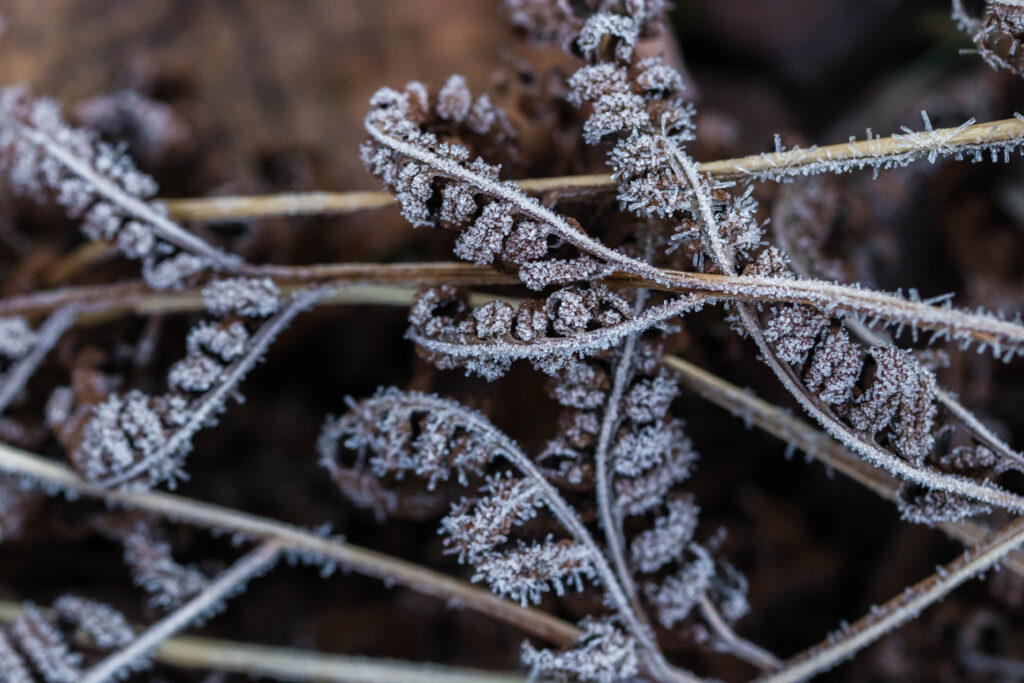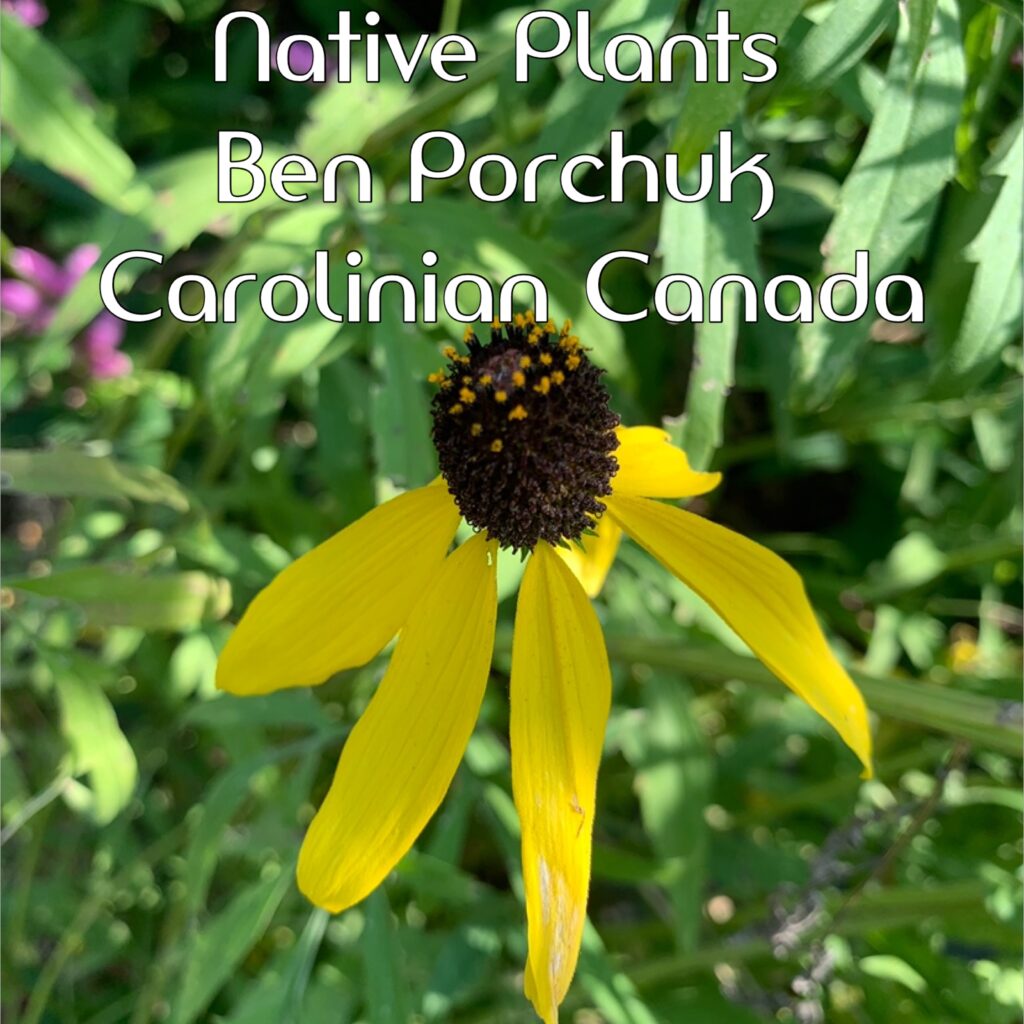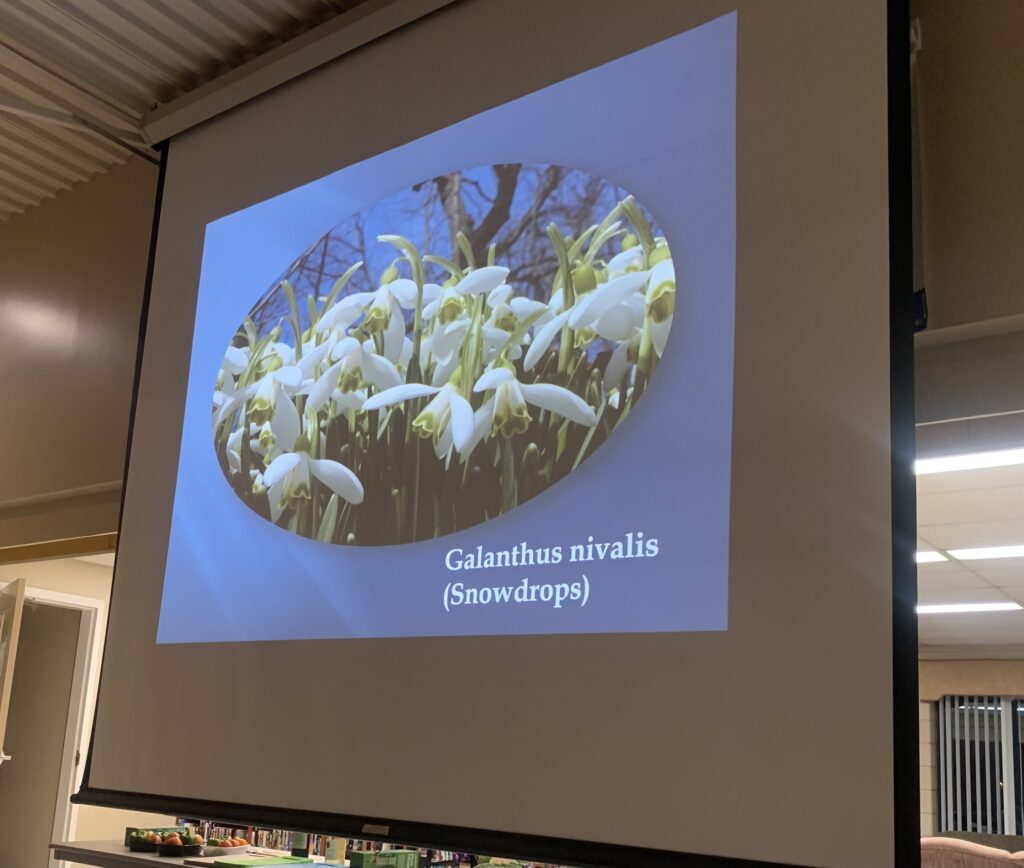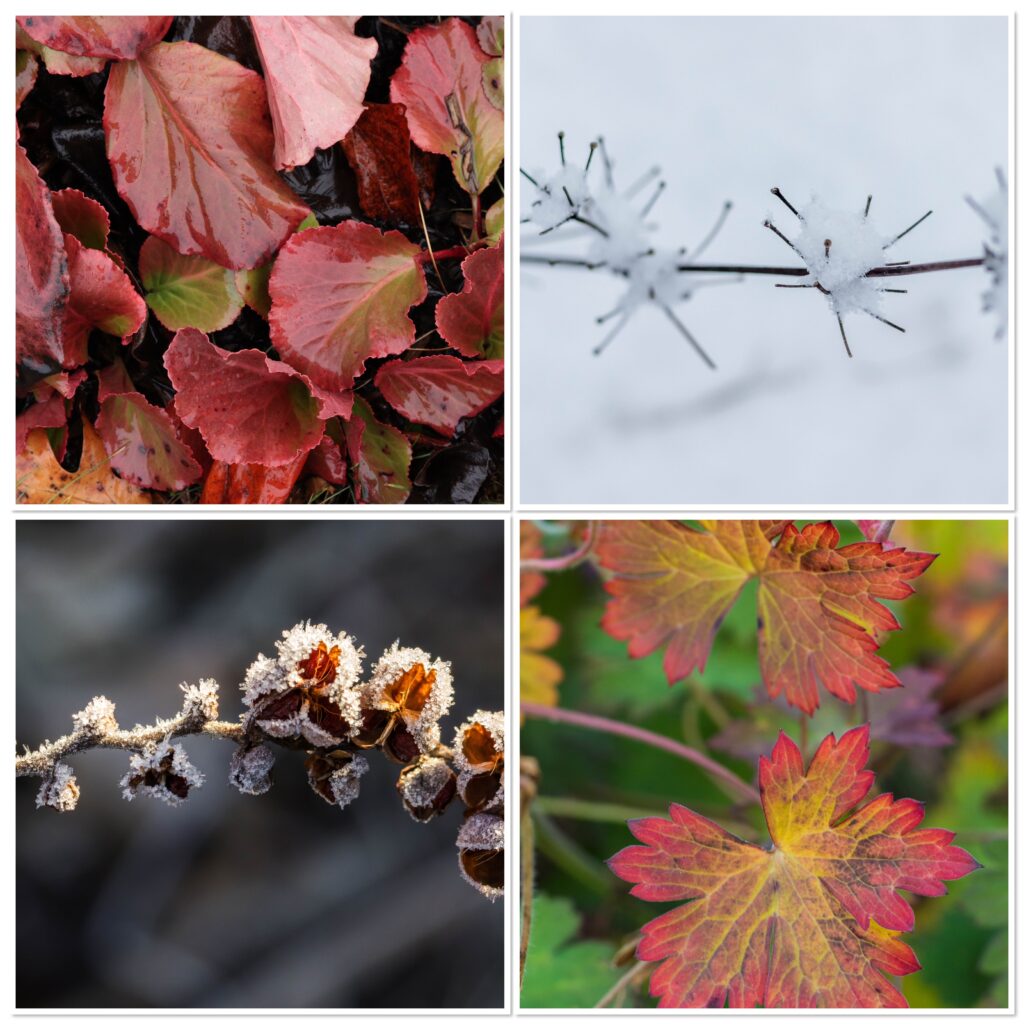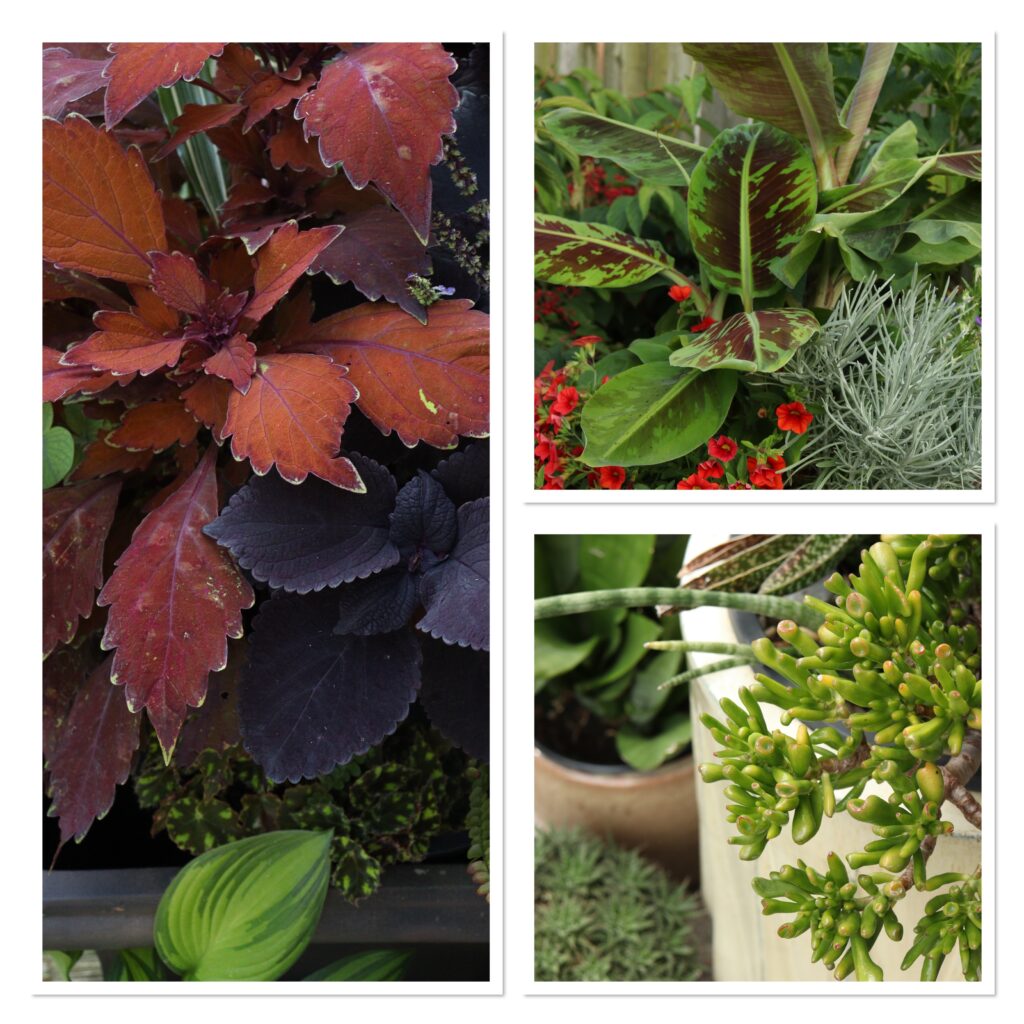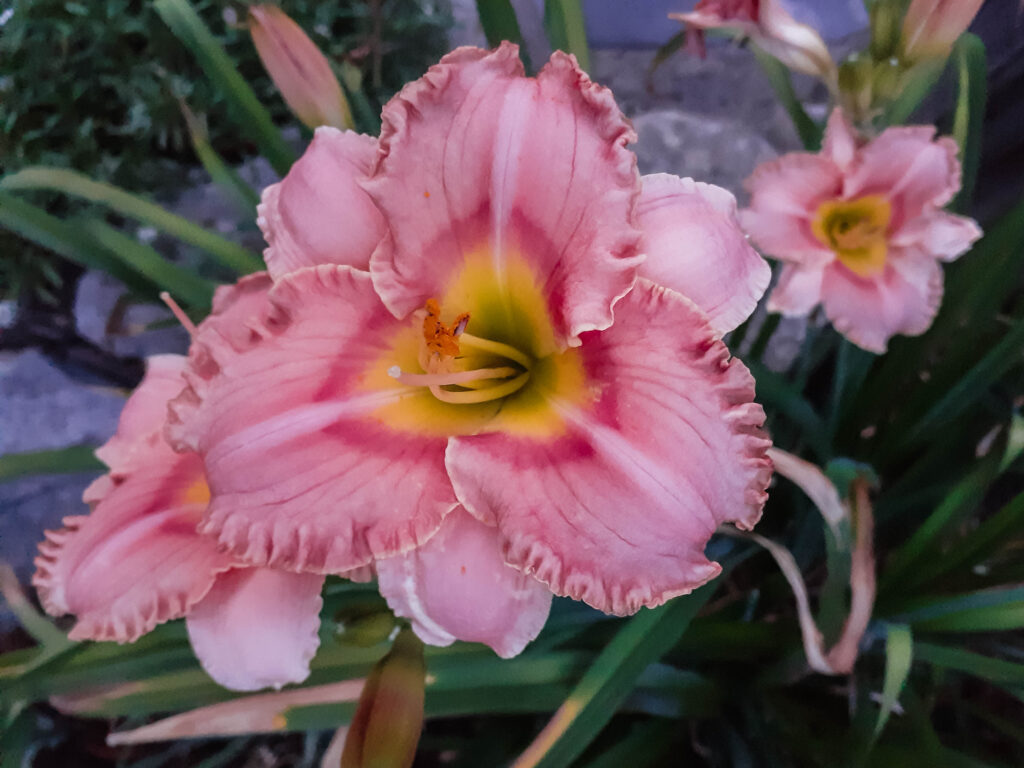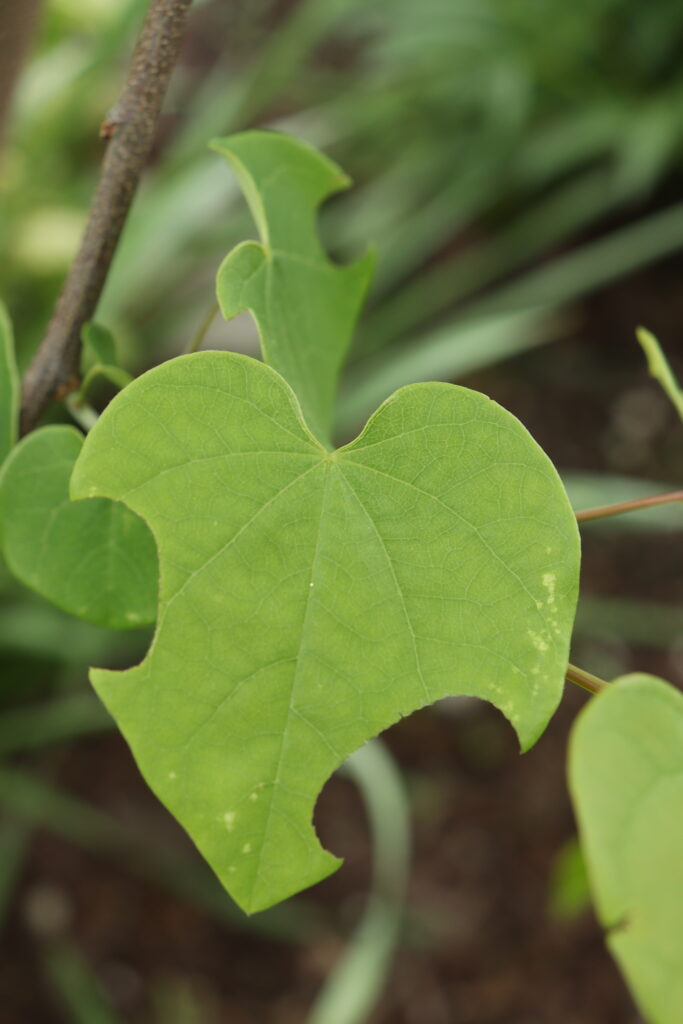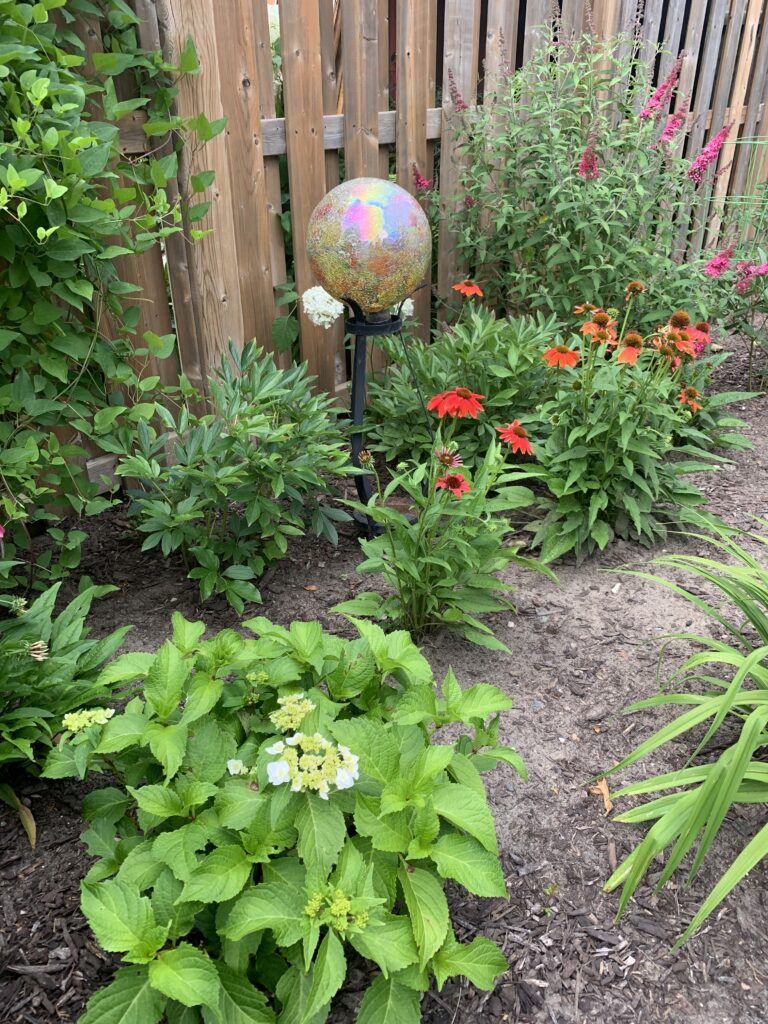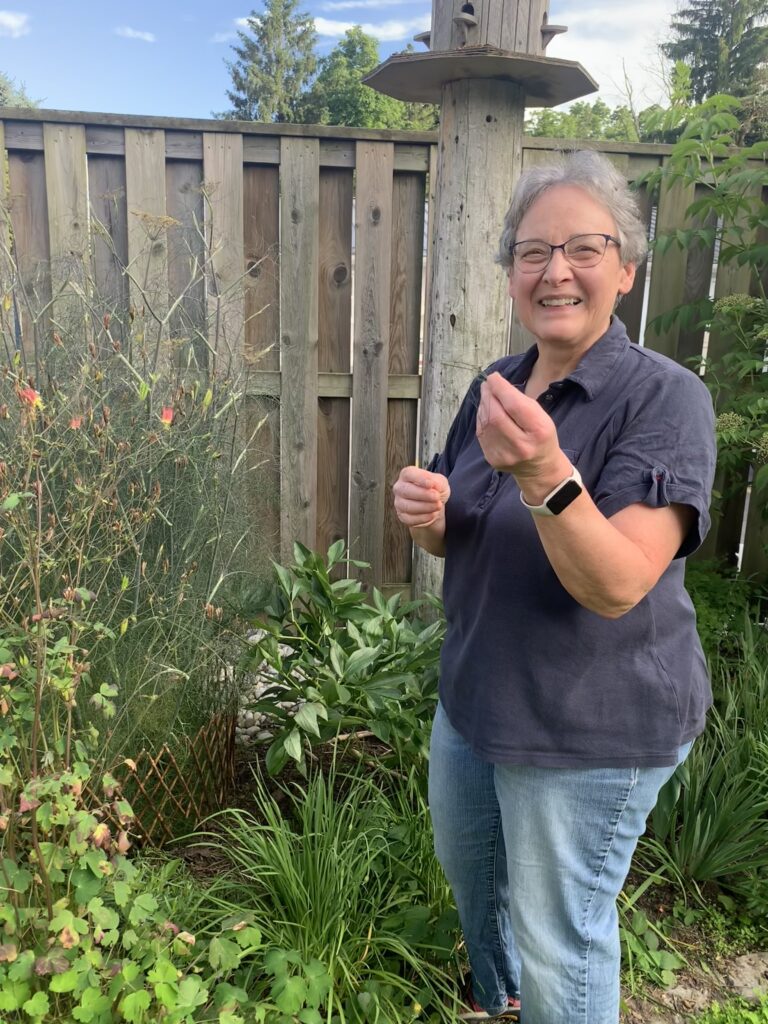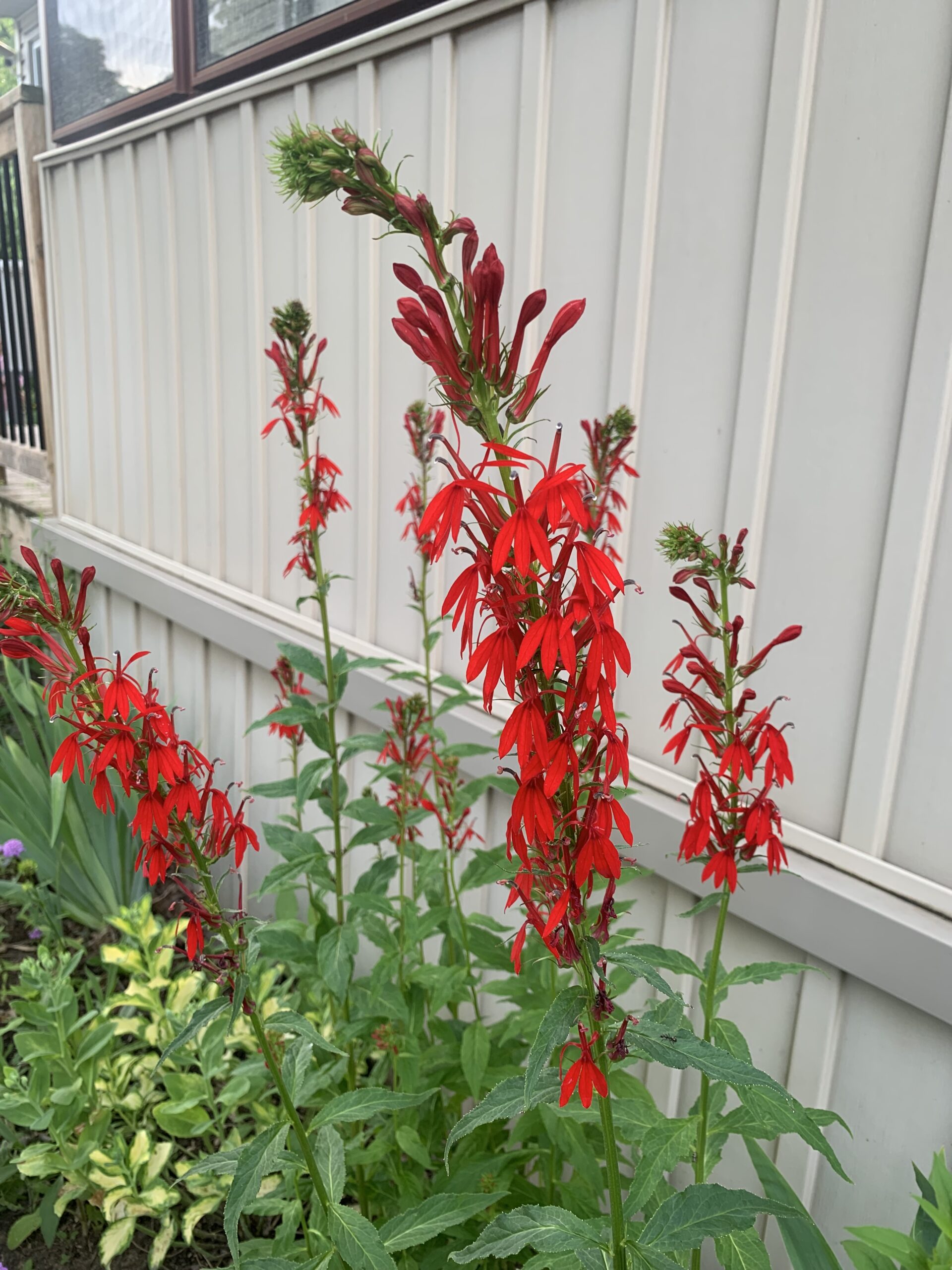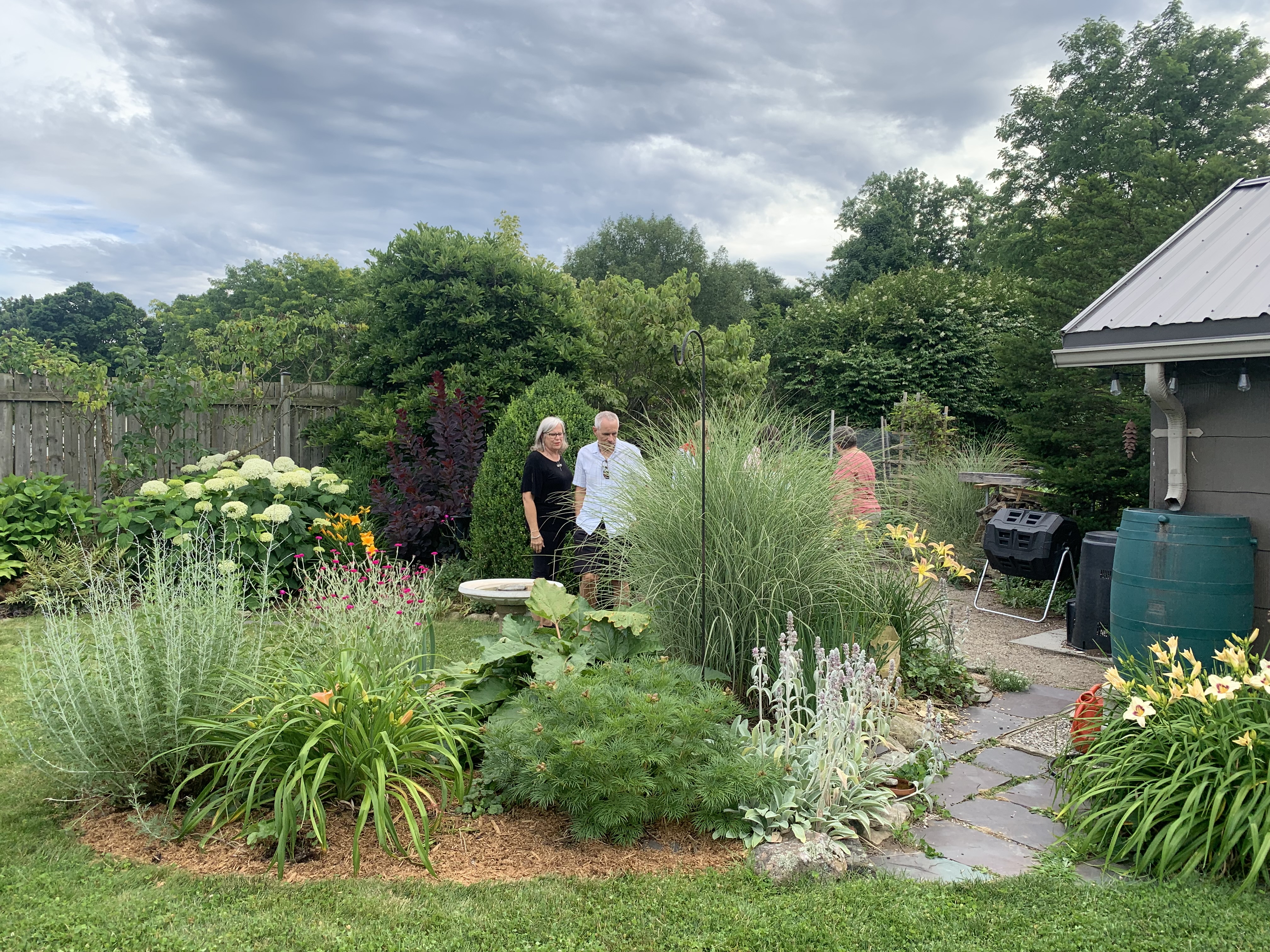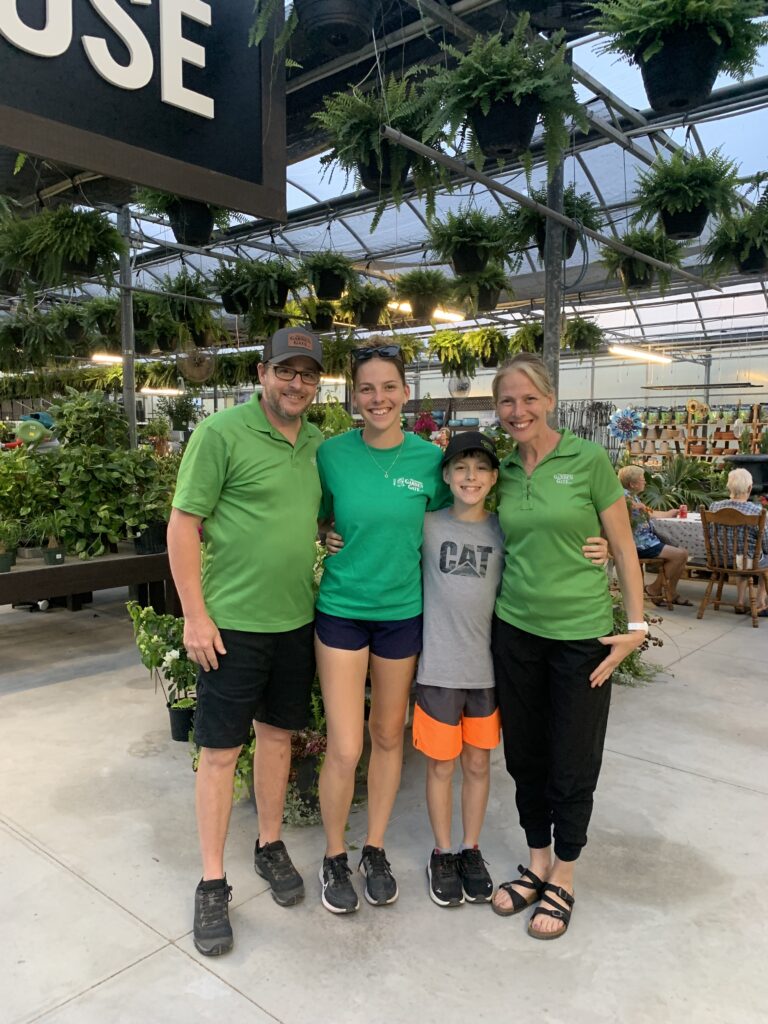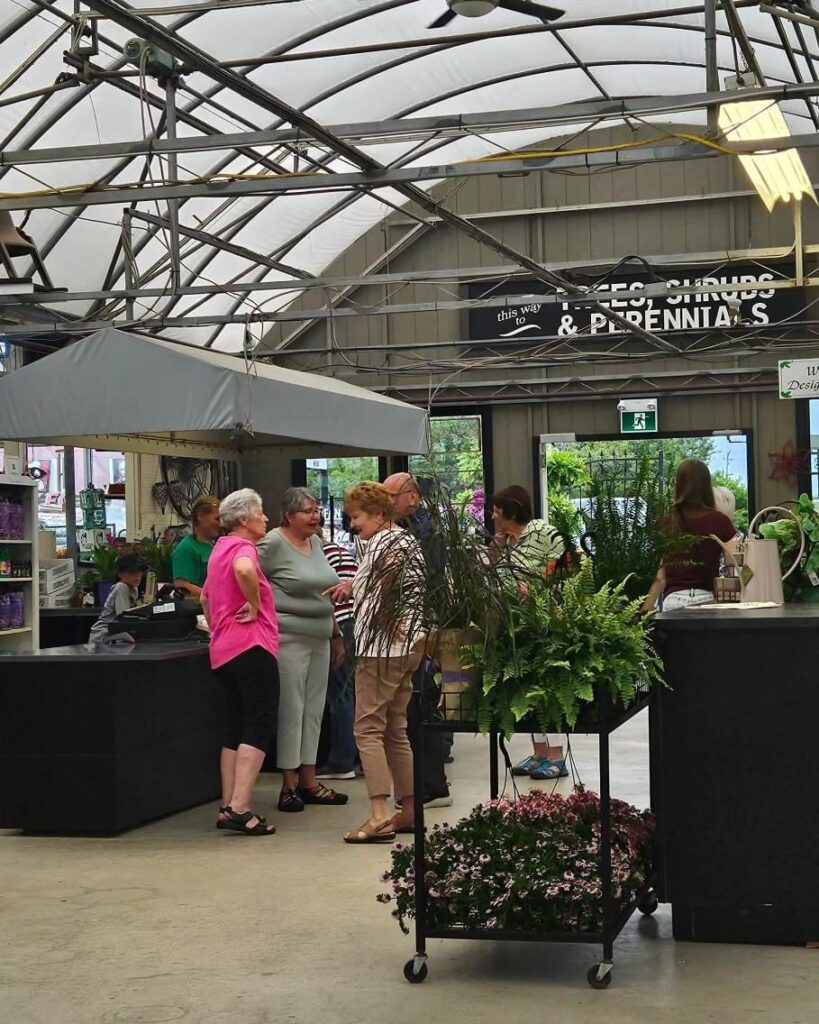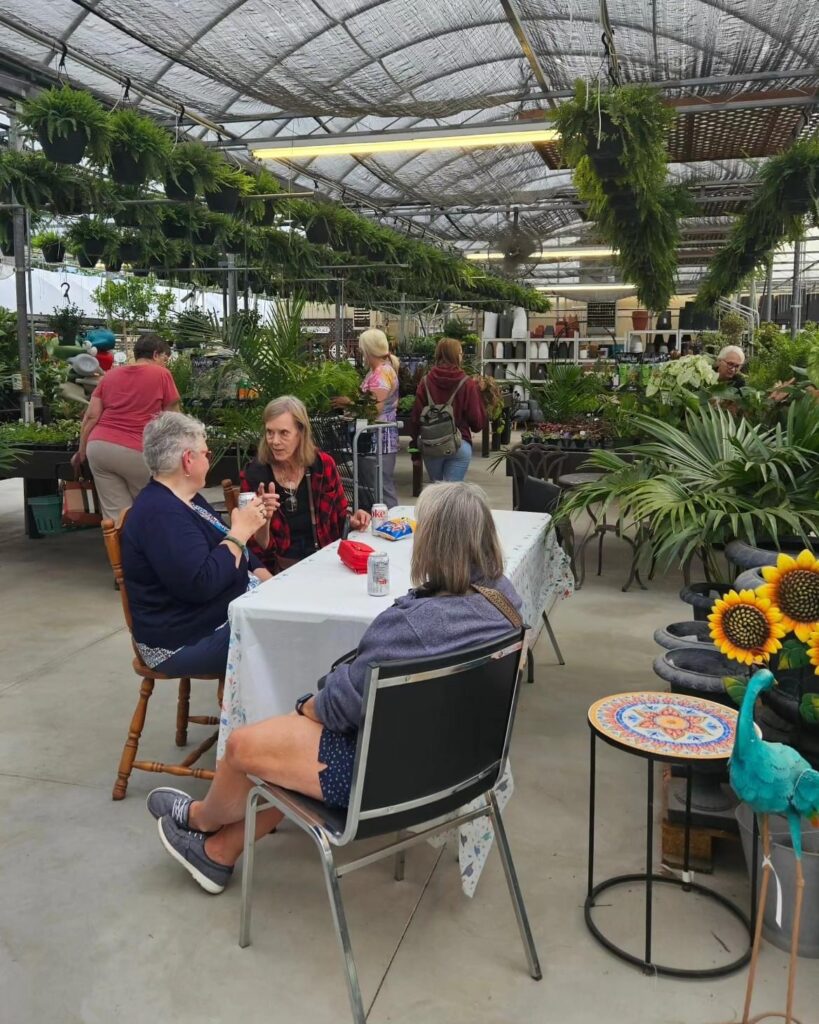“Our Volunteer Work Matters”
Thank you to the THS volunteers that plant and nurture the community gardens of Tillsonburg. The gardens include Annandale House NHS, Tillsonburg Senior Centre, Bert Newman Park, Royal Canadian Legion Branch 153 and Tillsonburg Station Arts.
Many hours are spent throughout the year planning, planting, watering, fertilizing, weeding and cleanup.
Our largest garden, Annandale House NHS is an elegant garden with some unique plantings. The fall gardens are putting on a colourful show.
This year the Town of Tillsonburg installed outdoor landscape lighting. Some plantings were disturbed and moved to accommodate the installation.
New plantings to the Annandale House were white star magnolia, coneflower, summer crush hydrangea and yellow peony bush.
The volunteers are preparing the gardens for winter and have planted daffodils.
Thank you to Chairperson Liz and gardener volunteers Lois, Jamie, Mary, Lucy and Tony for their dedication to this treasured garden.
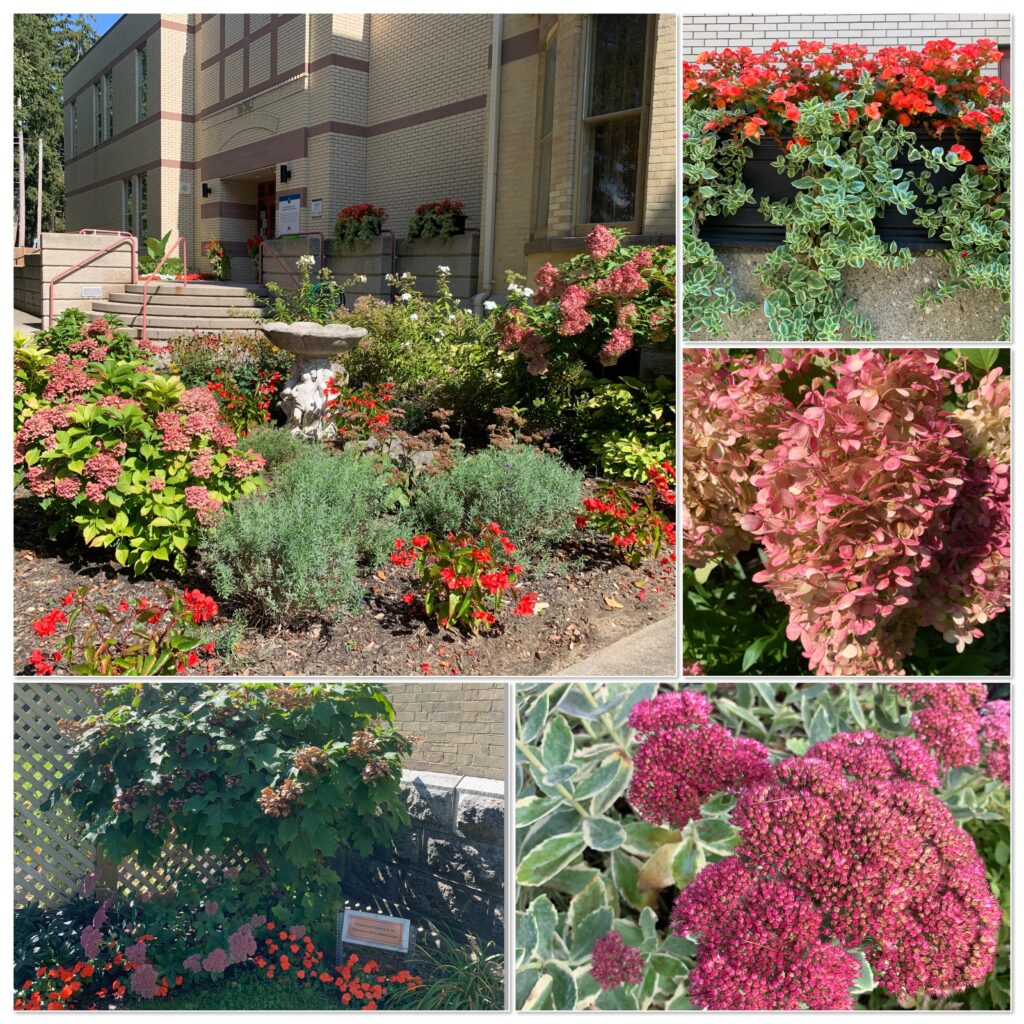
The Senior Centre gardens welcome seniors and friends to the centre. The fall gardens are abound with colour.
This year, volunteers placed name identification tags by the plants in the gardens. The gardens have a mix of annual, perennial and native plants.
Volunteers are preparing the gardens for winter and planting spring bulbs.
We appreciate the dedication to the Senior Centre gardens by THS director Dena, co-chair Diana and volunteer gardeners.
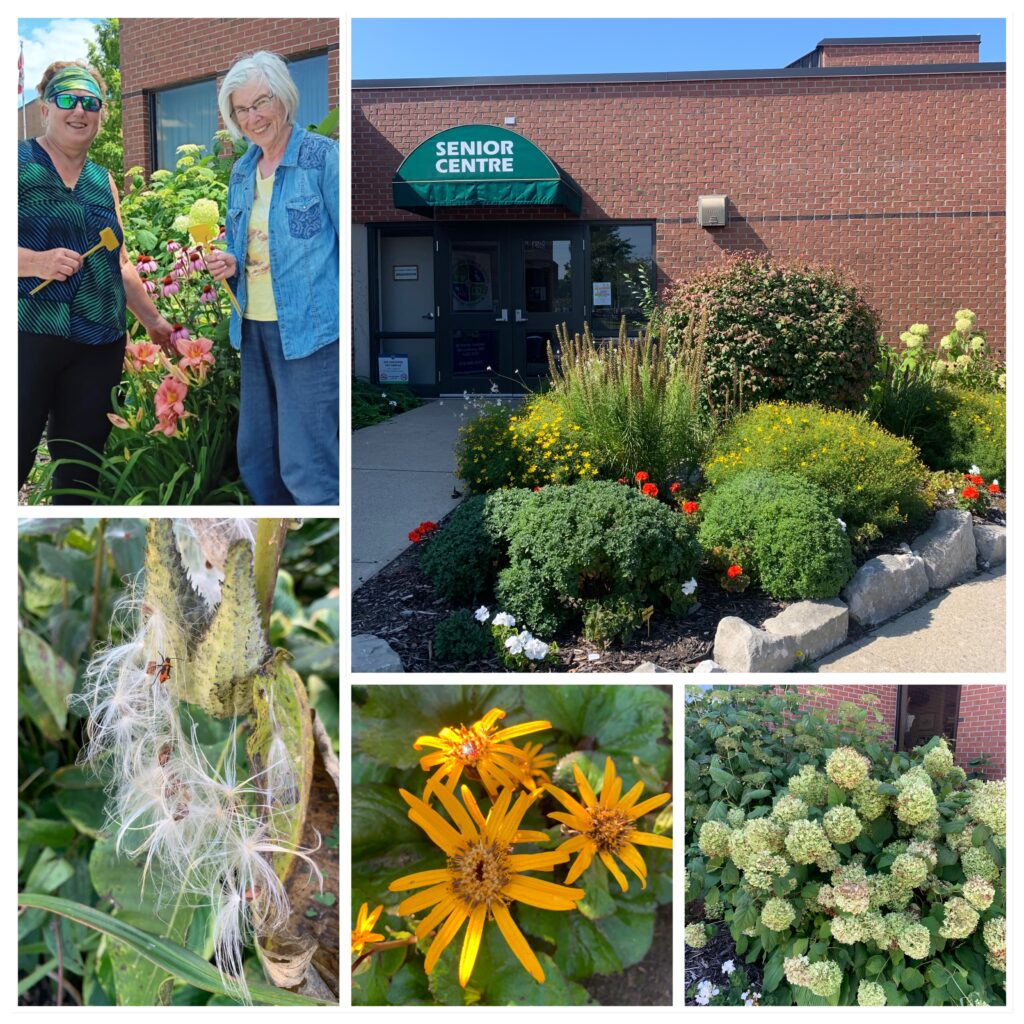
The THS volunteers that have rejuvenated the serene gardens at Bert Newman Park.
A floating cloud japanese maple was planted in memory of a family member from a resident of the community this spring. To the butterfly garden, a new hydrangea and additional plants were added to attract butterflies and other pollinators.
The gardens were full of colour and a variety of interesting perennials this year. Fall mums were planted in the center garden. The large tree canopy provides shade and challenges for some of the plantings.
Volunteers have been preparing the gardens for winter. They recently planted 260+ spring bulbs.
We appreciate director Cathy, volunteer gardeners Anne, Melanie, Jan, Christine, Barb Q, Barb V and “Ruby”🐾❤️
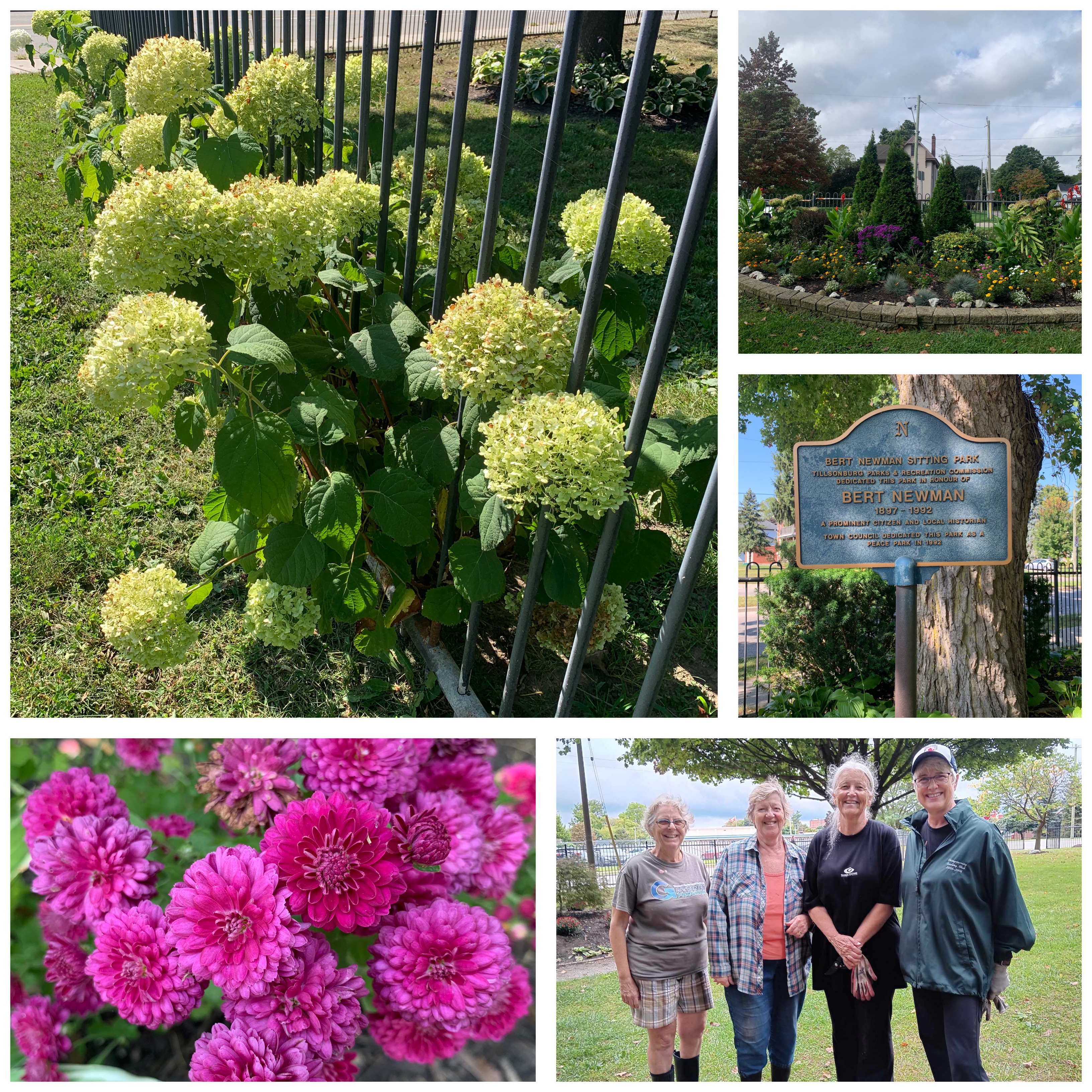
The Royal Canadian Legion Branch 153 gardens are special to many as we remember all who have served Canada. The highlight is the flower cross.
This year, volunteers planted blue arrow junipers to replace ailing white cedars. The junipers need less room to grow and fit in well in the limited space between the building and the sidewalk.
The flower cross gracefully welcomes our veterans and friends to the Legion. The ladies changed the design of the cross plantings with a border around the cross using dusty miller to contrast with the red begonias.
The Legion placed a new garden at the back of the building by the parking lot.
Fall cleanup is underway and spring bulbs have been planted.
We appreciate THS director Jean and volunteers gardeners Hanna, Jane and Jenny for their dedication to the Legion gardens.
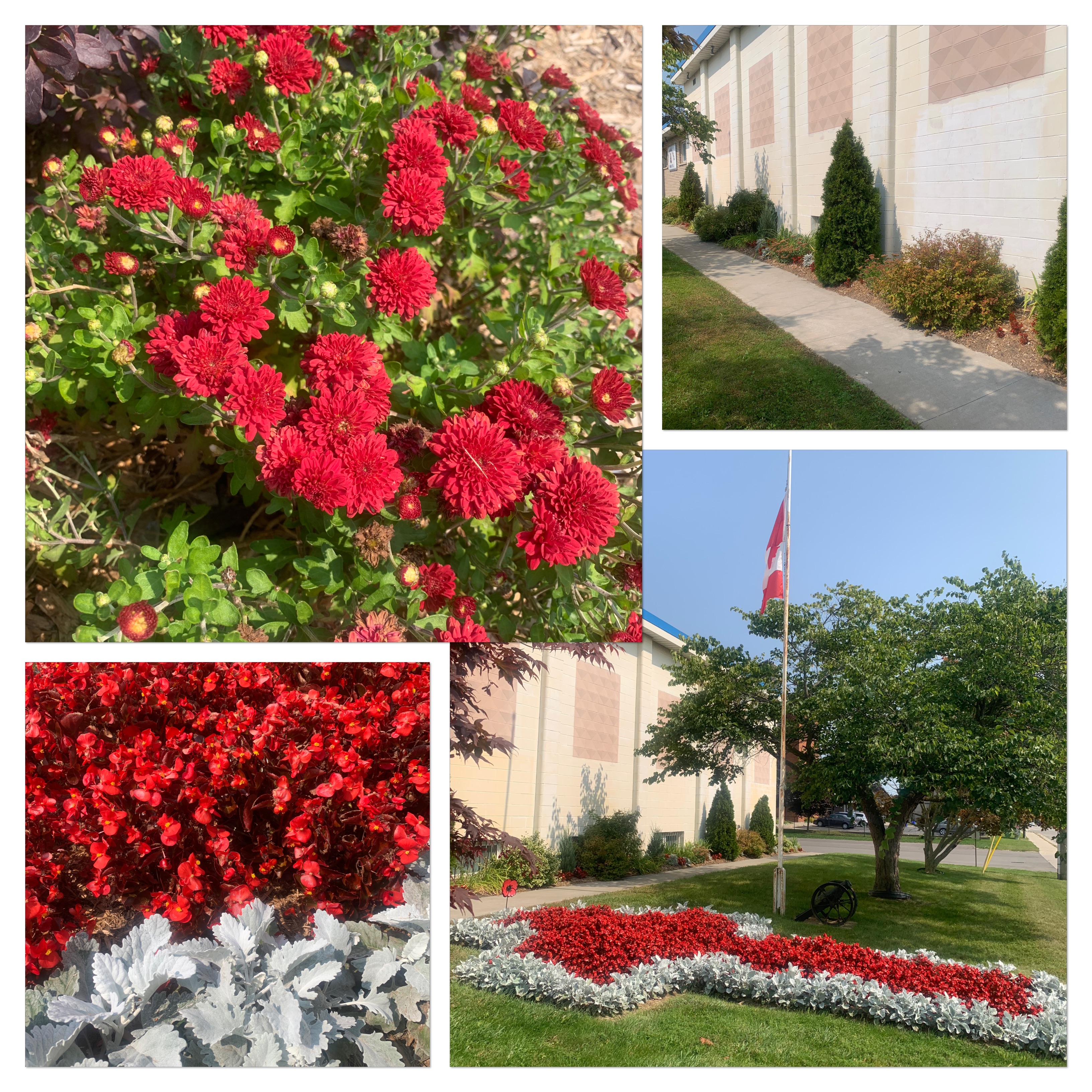
The Tillsonburg Station Arts is a small but artistic garden. The THS care for the seasonal urns and flowers from Tillsonburg Garden Gate.
Thank you to THS Director Sue, Tillsonburg Garden Gate and Green Theory.

Photo credit: Pat Z, Cathy K and Jean M
See more photos on the Facebook: TillsonburgHorticultural

